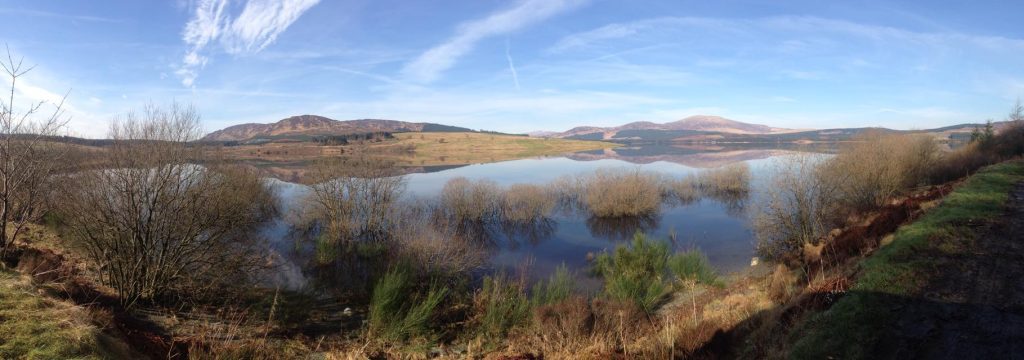Below average rainfall for May has led to a deteriorating water scarcity situation across Scotland, Little rain is forecast for the next few weeks, and the water scarcity situation is expected to escalate quickly.
The area has now reached the second highest risk level, as shown in the weekly report published by the Scottish Environment Protection Agency (SEPA) on Thursday 1st June 2023.
In addition, the lack of rain and increasingly dry ground conditions means 12 areas in the Northwest and Southern Central region are now experiencing in Alert level.
Most of the rest of the country is now at Early Warning, with North Aberdeenshire the only area that remains at Normal Conditions for the time being.
The risk of water scarcity is categorised in four levels – Early Warning, Alert, Moderate Scarcity and Significant Scarcity.
Low rainfall and more dry weather to come
Scotland received only 44% of the long-term average rainfall across the country in May. With little rainfall forecast in the next week across Scotland, in the coming weeks the situation could escalate quickly, and extend across a much wider area.
The Loch Maree area in the Highlands has recorded prolonged extremely low river flows. The surrounding areas of the Northwest Highlands, extending down to Loch Ness, are also experiencing very low river levels so have moved to Alert level.
Areas in the Southern Central region that have increased to Alert level include the Clyde, parts of Dumfries and Galloway, and South Lanarkshire.
Head of Water and Planning at SEPA, Nathan Critchlow-Watton, said:
“The water scarcity picture in Scotland is just one of the consequences of climate change the country faces, and its frequency and severity is only likely to increase in the future. This is a crucial time of year for water demand, but with no rain in the forecast we cannot rule out needing to impose restrictions over the summer.
“Abstractors must manage water wisely in the coming weeks and months and should already have contingency plans in place in case restrictions are needed to avoid long-term damage to the environment and fish populations
“All of us have a responsibility in managing our water environment, this summer and beyond. By using water efficiently, businesses can increase their resilience to the impacts of prolonged dry conditions and save money.”
Advice for abstractors to manage water wisely
- Check SEPA’s website and regular water scarcity reports so you are aware of the water situation in your area.
- Regularly check your abstraction equipment to make sure it’s in good condition and fix any leaks straight away.
- Where possible, reduce the volume and rate of your abstractions.
- Have a contingency plan if suspensions are put in place:
- Have you any stored water available?
- Can you switch to an alternative source, if available within your current authorisation?
- Can you temporarily switch to ground water?
- Work together with neighbours and stagger abstractions to make best use of available water.
Nathan Critchlow-Watton added:
“We want to work with businesses to plan their water usage long-term so that we can preserve this vital resource as effectively as possible. Not only will that protect Scotland’s rivers and lochs, but it will minimise business risks as well.
“In the meantime, by taking the right steps now, abstractors can help make water supplies last as long as possible through this period.”
Further advice and support is available at www.sepa.org.uk/waterscarcity.
Help SEPA assess water scarcity stress
SEPA continually assess the impacts of prolonged periods of drier than average weather on our environment, but with many people out enjoying good weather there are opportunities for the public to help. If dry weather continues, as it is expected to, the areas affected will grow.
People can help by reporting dry private water supplies and rivers and burns in their area – especially if there are photographs that will help show the conditions. Distressed or dead fish or invertebrates, large numbers of dead plants on parts of the riverbed that are rarely exposed and a lot of exposed algae over 100s of metres, combined with very low flows are also important to know about. This will help provide the best possible understanding of the impacts of dry weather. Information can be sent to [email protected]
More information about what is helpful, as well as an explanation of how SEPA may use photographs is available on the agency’s website at Water scarcity in your area | Scottish Environment Protection Agency (SEPA)






